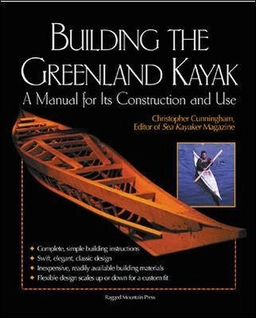The new fourth edition of Fundamentals of Geomorphology continues to provide a comprehensive introduction to the subject by discussing the latest developments in the field, as well as covering the basics of Earth surface forms and processes.
The revised edition has an improved logically cohesive structure, added recent material on Quaternary environments and landscapes, landscape evolution and tectonics, as well as updated information in fast-changing areas such as the application of dating techniques, digital terrain modelling, historical contingency, preglacial landforms, neocatastrophism, and biogeomorphology. The book begins with a consideration of the nature of geomorphology, process and form, history, and geomorphic systems, and moves on to discuss:
Endogenic processes: structural landforms associated with plate tectonics and those associated with volcanoes, impact craters, and folds, faults, and joints. Exogenic processes: landforms resulting from, or influenced by, the exogenic agencies of weathering, running water, flowing ice and meltwater, ground ice and frost, the wind, and the sea; landforms developed on limestone; and long-term geomorphology, a discussion of ancient landforms, including palaeosurfaces, stagnant landscape features, and evolutionary aspects of landscape change. Featuring over 400 illustrations, diagrams, and tables, Fundamentals of Geomorphology provides a stimulating and innovative perspective on the key topics and debates within the field of geomorphology. Written in an accessible and lively manner, and providing guides to further reading, chapter summaries, and an extensive glossary of key terms, this is an indispensable undergraduate level textbook for students of physical geography.
Åtkomstkoder och digitalt tilläggsmaterial garanteras inte med begagnade böcker





















